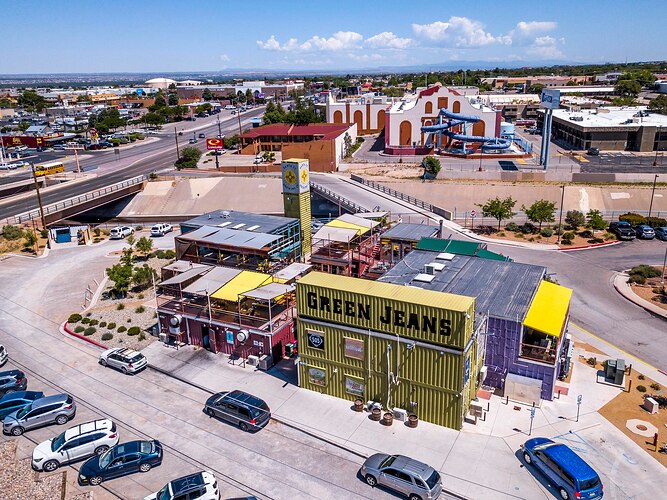Oh, no disagreement here. And I certainly don’t intend to imply that I think concrete should be the façade!! Heavens no. That said, for a core, for a surfacing material, for correct, properly engineered structural enhancement, for a host of specific, intentional uses, it is both more economical (in both effort and labour and raw materials) and more appropriate (in thermal conductivity or compressive strength or other engineering senses) than most other readily available materials. As a result, it shouldn’t be discarded as an optional component (among many!) of a beautiful, useful, functional, long-lasting building, that’s all I’m saying.
By the way, my view on brutalism (the name of course coming from “béton brut” meaning “raw concrete”, brut = raw) is simply that it is a purely functional approach to things. Whether a brutalist building looks “brutal” in the English sense is absolutely unrelated - not ALL raw concrete structures look ghastly, but the vast majority of them certainly look uninviting!
I find concrete can be made to look at least aesthetically neutral and visually interesting when it is the interior surface of places - some of the more enjoyable metro stations are concrete, but textured or patterned or gridded in novel and interesting ways that make it a play of geometry. It’s an excellent structural dome (when weighted from the outside, as in earthship style construction), and its mass makes it an excellent and dependable foundation material and between-floors noise and fire retardant.
In addition, I don’t think that - at scale, mind you - we’ll be able to have enough wood for construction, heating, and sufficient reforestation of the planet in the short term (a century or thereabouts is “short term” in this particular frame). Certainly individuals in well-located regions of the world can take advantage of wood, but I am far from convinced of the argument that it is a good idea to utilize a lot of it right now, as an alternative to all the other materials we’re using dungloads of.
So… brick and masonry come to mind also. Slow, expensive, difficult, only available in certain areas. Brick in particular requires insane amounts of thermal input. It’s gorgeous, but can we do it at scale? Probably not. Masonry, same. For public buildings, things with shared purpose and general access, yes this sort of construction makes sense. For housing and other needs? Harder to say.
I don’t see a renewable, ubiquitous, and easy-to-work-with material out there for the time when homes must again be build by hand and the existing structures have become utterly uninhabitable. There will still likely be a few billion humans on the planet then, and many of them will be new (statistics suggest!) so they’ll be needing homes… not that we need to solve their problems, but ya know… stuff to think about.
